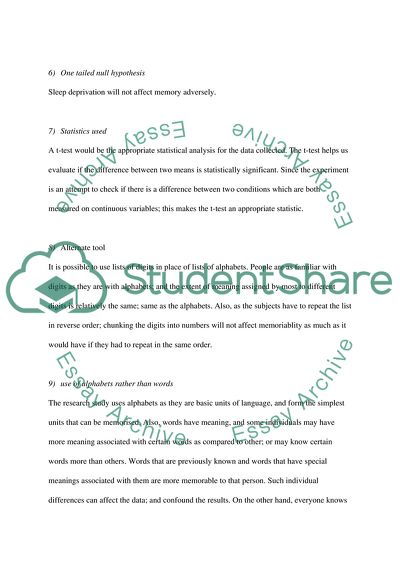Cite this document
(Memory for Accurate Information Assignment Example | Topics and Well Written Essays - 1250 words, n.d.)
Memory for Accurate Information Assignment Example | Topics and Well Written Essays - 1250 words. https://studentshare.org/statistics/1754139-level-3-researsh-methods
Memory for Accurate Information Assignment Example | Topics and Well Written Essays - 1250 words. https://studentshare.org/statistics/1754139-level-3-researsh-methods
(Memory for Accurate Information Assignment Example | Topics and Well Written Essays - 1250 Words)
Memory for Accurate Information Assignment Example | Topics and Well Written Essays - 1250 Words. https://studentshare.org/statistics/1754139-level-3-researsh-methods.
Memory for Accurate Information Assignment Example | Topics and Well Written Essays - 1250 Words. https://studentshare.org/statistics/1754139-level-3-researsh-methods.
“Memory for Accurate Information Assignment Example | Topics and Well Written Essays - 1250 Words”. https://studentshare.org/statistics/1754139-level-3-researsh-methods.


